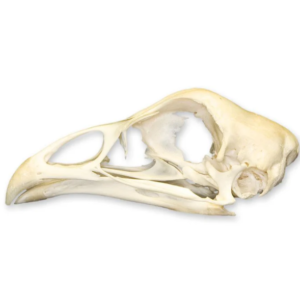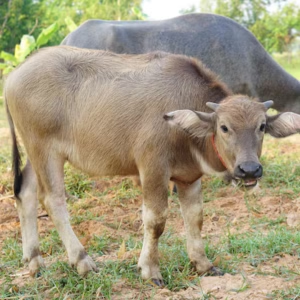Animal Skins And Hides For Sale
Beyond Fur: Exploring the World of Animal Skins and Hides
The phrase “animal skins and hides for sale” conjures a range of images, from luxurious fur coats to rugged leather saddles. But the world of animal-derived materials is far more diverse and complex than just these two extremes. From ancient practices to modern innovations, animal skins and hides have played a crucial role in human civilization, providing shelter, clothing, tools, and more.
Today, the market for these materials continues to thrive, albeit with increasing scrutiny and ethical considerations. Understanding this market requires navigating a complex web of regulations, sourcing practices, and diverse applications.
A History Etched in Hide:
For millennia, animal skins and hides were essential for survival. Think of early humans draped in animal furs, providing protection from the elements. Leather, derived from tanned hides, offered a durable and versatile material for crafting everything from shoes and belts to shields and writing surfaces. The intrinsic strength, flexibility, and water resistance of these materials made them invaluable.
Even today, the legacy lives on. Leather-bound books, handcrafted saddles, and durable work boots are all testaments to the enduring qualities of animal hides.
Beyond the Obvious: Diverse Applications:
While leather and fur often dominate the conversation, the uses of animal skins and hides extend far beyond these familiar applications. Consider these examples:
- Parchment and Vellum: High-quality writing surfaces crafted from animal skins, prized for their durability and fine texture. Historically used for important documents like illuminated manuscripts.
- Drumheads and Musical Instruments: The resonant properties of stretched animal skins make them ideal for creating percussive instruments, from traditional drums to modern orchestral instruments.
- Gelatin and Collagen: Derived from animal skin and bones, these ingredients are used in a wide range of food products, cosmetics, and pharmaceuticals.
- Traditional Crafts and Art: Native American tribes, for example, have long utilized animal hides for creating clothing, tipis, and intricate artwork, often imbued with cultural and spiritual significance.
Ethical Considerations and Responsible Sourcing:
The ethical implications of using animal skins and hides are undeniable. Concerns surrounding animal welfare, environmental impact, and sustainable practices have fueled a growing demand for transparency and responsible sourcing.
Key considerations include:
- Animal Welfare: Ensuring animals are raised and slaughtered humanely is paramount. Look for certifications and sourcing practices that prioritize ethical treatment.
- Environmental Impact: Tanning processes can be environmentally intensive, involving harsh chemicals and significant water usage. Sustainable tanning methods, such as vegetable tanning, are gaining popularity.
- Traceability and Transparency: Knowing the origin of the animal skin or hide is crucial. Responsible sourcing requires a clear chain of custody, from farm to final product.
- Regulations and Certifications: Many countries have regulations governing the import and export of animal products. Certifications like the Leather Working Group (LWG) assess the environmental performance of tanneries.
Navigating the Market:
For individuals or businesses looking to purchase animal skins and hides, due diligence is essential. Consider the following:
- Identify your needs: What specific qualities are you looking for? Consider the type of animal, the tanning method, and the intended application.
- Research suppliers: Look for reputable suppliers with transparent sourcing practices and a commitment to ethical standards.
- Inquire about certifications and regulations: Ensure the products comply with relevant regulations and certifications.
- Consider alternatives: Depending on your needs, explore alternative materials such as plant-based leathers and sustainable synthetic options.
The Future of Animal Skins and Hides:
The market for animal skins and hides is evolving. While demand for traditional products remains, there’s a growing emphasis on sustainable practices, ethical sourcing, and innovative alternatives. Consumers are increasingly discerning, demanding transparency and accountability from suppliers.
By understanding the history, diverse applications, and ethical considerations surrounding animal skins and hides, we can navigate this complex market with greater awareness and make informed choices that align with our values. Whether it’s preserving traditional crafts, utilizing sustainable materials, or exploring innovative alternatives, the future of this industry lies in responsible practices and a commitment to both quality and ethical standards.
Showing 1–16 of 35 results
-

Cow Hides For Sale (9)
-
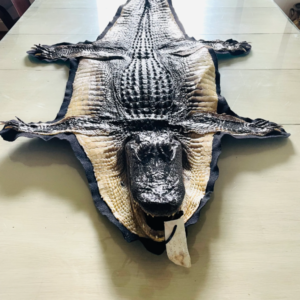
Alligator skin for sale
Price range: $250.00 through $1,600.00 -

Anaconda Skin For Sale
Price range: $49.00 through $89.00ClearAnaconda Skin Antique Platinum 20/24 cmAnaconda Skin Glazed Black 16/19 cmAnaconda Skin Glazed CobaltAnaconda Skin Glazed EmeraldAnaconda Skin Glazed FuchsiaAnaconda Skin Glazed GreyAnaconda Skin Glazed MinkAnaconda Skin Glazed MustardAnaconda Skin Glazed PinkAnaconda Skin Glazed RedAnaconda Skin Glazed TaupeAnaconda Skin Matte Black 20/24 cmAnaconda Skin Unbleached Matte Russet Brown 20/24 cm -

Beaver Fur For Sale
$130.00 -

Black Bear Rug For Sale
$4,295.00 -

Buy Leopard Skins Online
$12,000.00 -
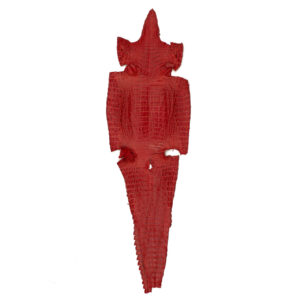
Caiman Leather For Sale
Price range: $114.00 through $114.55ClearCaiman Belly CrustCaiman Belly Matte BlackCaiman Belly Matte BoneCaiman Belly Matte BrownCaiman Belly Matte BurgundyCaiman Belly Matte CognacCaiman Belly Matte NavyCaiman Belly Matte Orange TigerCaiman Belly Matte OryxCaiman Belly Matte RedCaiman Belly Matte SaddleCaiman Belly Matte White -
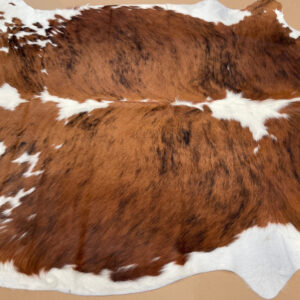
Calf Hide Rug – Brown White
$160.00 -
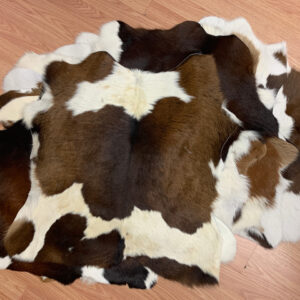
Calf Hides For Sale – Reddish Brown
$155.00 -
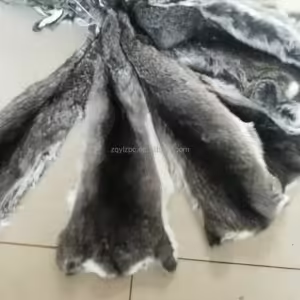
Chinchillas fur for sale
$85.00 -
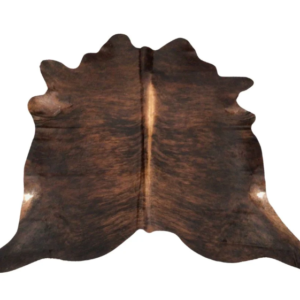
Cowhide Rug – Alpen (Regular)
$418.00 -

Cowhide Rug – Alpen (Small)
$308.00 -

Cowhide Rug – Beige & White Special (Regular)
$415.00 -
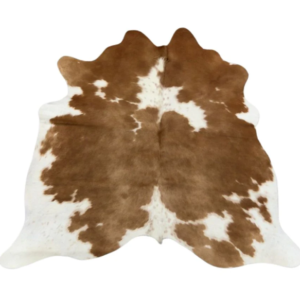
Cowhide Rug – Beige & White Special (Small)
$302.00 -
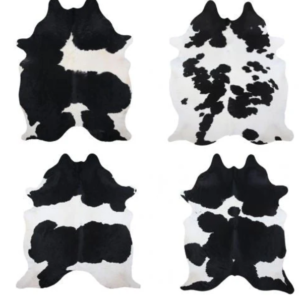
Cowhide Rug – Beige White (Large)
$495.00 -
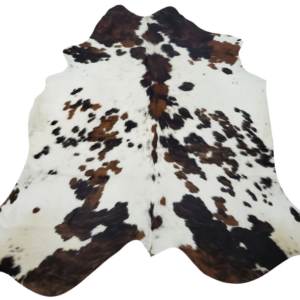
Cowhide Rug – Salt Pepper (Large)
$495.00 -

Cowhide Rug – Solid Beige (Regular)
$420.00
















